How to Train Your Alexandrine Parakeet
The Alexandrine parakeet’s natural curiosity and intelligence allow them to learn tricks and bond closely with owners. However, they need proper training and socialization from a young age to interact positively with humans.
With a little patience and persistence, you can transform your Alexandrine parakeet into a friendly companion. But where do you start? Training an exotic bird poses unique challenges compared to a dog or cat. A parrot’s innate instincts and lack of socialization can lead to aggressive or fearful behavior. Gaining your parakeet’s trust takes time. Yet applying the right techniques will have your bird happily perching on your hand and chirping greetings in no time.
This comprehensive guide provides tips and step-by-step instructions for training your Alexandrine parakeet. You’ll learn methods for:
- Taming your bird and overcoming hand shyness
- Teaching commands through target and clicker training
- Getting your parrot to step up onto your hand
- Doing the “wave”
While each bird has its own personality, this advice will start you on the path to a well-trained Alexandrine parakeet. With the right environment, positive rewards and a little persistence, you’ll be able to mold behaviors and strengthen the bond with your feathered friend.
Preparing for Training
Before you begin actively training your Alexandrine parakeet, you need to set up an environment conducive to learning. Much like a human child absorbs information better when comfortable and focused, the same applies to your exotic bird. Preparation also involves learning how to properly interact with and motivate your parakeet.
Set Up the Right Training Environment
Choosing the proper setting puts your bird in a calm, receptive state for training sessions. Here are some tips:
- Select a quiet space away from distractions. Loud noises from TVs, radios, or household activities will make it hard for your parakeet to concentrate. Find a quiet room in your home.
- Stick to a familiar area. Your bird will feel most at ease in a location it knows, like near its cage. Moving training to an unfamiliar place can cause anxiety.
- Ensure your parakeet is comfortable before starting. Signs like fluffed up feathers or agitated movements show your bird is not ready. Wait for it to settle down and seem alert.
- Limit sessions to 10-15 minutes. Parakeets have short attention spans. Keep training periods brief to maintain engagement and prevent frustration.
Use Proper Handling Techniques
Birds are prey animals by nature and easily startled. You need to overcome your Alexandrine parakeet’s instincts to view hands as a threat. Here are some tips:

- Approach slowly and calmly from the front. Coming from behind can spook your bird. Speak in a soothing tone as you come near.
- Avoid sudden jerky movements. Move deliberately and gently so you don’t frighten your parakeet.
- Start young for best results. Early handling and training accustoms birds to human contact. An older untamed bird will be harder to socialize.
- Reward desired behaviors immediately. Give verbal praise or treats as soon as your parakeet does what you want so it connects the action with the reward.
Read Next: Alexandrine Parakeet: Overview, Characteristics and Care
Training Techniques
Once you’ve set the stage for success, it’s time to start training. Employing proven techniques like target training, clicker training, and teaching step up will have your Alexandrine parakeet obeying commands in no time.
Clicker Training
This method utilizes a handheld device that makes a clicking sound to indicate when your parakeet performs the desired behavior. The steps are:
- Purchase a small plastic clicker or make a clicking sound by tapping a pen.
- Choose a simple behavior to train like stepping onto a target or your finger.
- The instant your parakeet does the behavior, click the clicker once and give them a treat reward.
- Repeat this click + reward frequently so your bird connects the click sound with a job well done.
- Over time, your parakeet will carry out the behavior just from hearing the clicker as a conditioned cue.
Clicker training allows precise and immediate positive reinforcement for birds. It’s ideal for teaching complex chains of behaviors and can be included in just about any training program.
Target Training
This technique leverages your parakeet’s natural curiosity to investigate and touch objects with its beak. The steps are:
- Get a wooden target stick like a chopstick or drumstick.
- Hold the target near your parakeet. Reward any interaction like touching it with the beak.
- Slowly move the target in different directions, rewarding each touch to the stick.
- Gradually phase out treats so your bird follows the target on command alone.
- Fade out the target over time as your parakeet learns the desired behaviors.
Target training builds coordination and obedience. It provides a foundation for teaching many other skills.
Teach Step Up Command
Having your parakeet step up onto your hand or a perch on command is essential. Here’s how to teach it:
- With your bird on a surface, offer your hand or a perch near the level of your bird’s feet. Use a treat to lure them if needed.
- Reward any step toward your hand with praise or a food treat. Click if using a clicker.
- Only reward an actual step up onto your hand/perch, not just touching it.
- Repeat frequently until your parakeet steps up reliably on just the verbal “step up” command.
Step up training accustoms your bird to handling and builds trust. It’s an important milestone towards a tame, obedient parakeet.
Do the “Wave”
Learning to do the “wave” is super cute. Here’s how to teach it:
- Start by waving your hand and say “Hi” and then moving your finger near your bird’s foot.
- As your bird lifts it’s foot, reward it with a click or a treat.
- Once your bird get’s the hang of it, gradually move your finger higher to increase the height of it’s foot lift.
- After your parakeet get’s the hang of that, only wave and say “Hi” (stop putting your hand near it’s foot) until it is waving on it’s own.
Doing the “wave” should be trained after teaching the Step Up.
Conclusion
Training an Alexandrine parakeet takes time and consistency, but the effort pays off through a close bond with your bird. While each parakeet has its own personality, the techniques in this guide give you a roadmap to success.
The keys to training are:
- Providing a stress-free environment to set your bird up for success.
- Using positive reinforcement like food rewards and praise to encourage desired behaviors.
- Building foundational skills with target training and step-up commands first.
- Keeping training frequent but short to maintain your parakeet’s engagement.
- Practicing patience as your bird progresses at its own pace.
With the right preparation and training techniques, you’ll be able to mold your Alexandrine parakeet into a friendly, obedient companion. The trust and rapport established through training will lead to years of fulfillment with your exotic bird.
Read Next: What Do Alexandrine Parrots Eat?
Frequently Asked Questions
How do I train my Alexandrine Parakeet?
To train your Alexandrine Parakeet, start by using positive reinforcement techniques. Reward your bird with treats or praise whenever it performs a desired task.
What is an effective training tip for Alexandrine Parakeets?
One effective training tip for Alexandrine Parakeets is target training. This involves teaching your bird to touch a target, such as a stick or a finger, with its beak. It’s a great way to teach your parakeet to follow commands and can help with other training tasks as well.
How can I make my parakeet more comfortable during training sessions?
Creating a calm and safe environment for training is important. Find a quiet space where your bird feels safe and secure. Covering the cage partially during training sessions can also help minimize distractions.
Should I train my Alexandrine Parakeet only when it’s in a good mood?
It’s generally best to train your Alexandrine Parakeet when it’s in a positive and calm state. However, it’s important to train consistently and not only when the bird is in a particularly good mood, as this will help it understand that training is a regular routine.
How long should each training session be?
Training sessions should be kept short, typically around 10-15 minutes, to prevent your parakeet from getting bored or tired. Multiple short sessions throughout the day are often more effective than one long session.
What if my parakeet doesn’t seem interested in training?
If your parakeet doesn’t seem interested in training, try using different training methods or treats to find what motivates it. You can also try incorporating training into your parakeet’s daily routines, such as during mealtime or playtime, to make it more engaging.
How do I teach my Alexandrine Parakeet to hang from a perch?
To teach your Alexandrine Parakeet to hang from a perch, start by holding a small treat just above the perch. Encourage your bird to reach for it, gradually moving your hand and the treat higher until it needs to hang from the perch to reach it. Reward your parakeet with the treat when it successfully hangs from the perch.
Is consistency important in training my Alexandrine Parakeet?
Yes, consistency is key when training Alexandrine Parakeets. By consistently reinforcing the desired behaviors and using the same commands, your bird will begin to understand and respond to your training efforts more effectively.
How can I ensure my Alexandrine Parakeet understands and remembers the training?
To ensure your Alexandrine Parakeet understands and remembers the training, repeat the training sessions regularly and reinforce the commands with positive reinforcement. Consistency and repetition are essential for your parakeet to master the tasks.

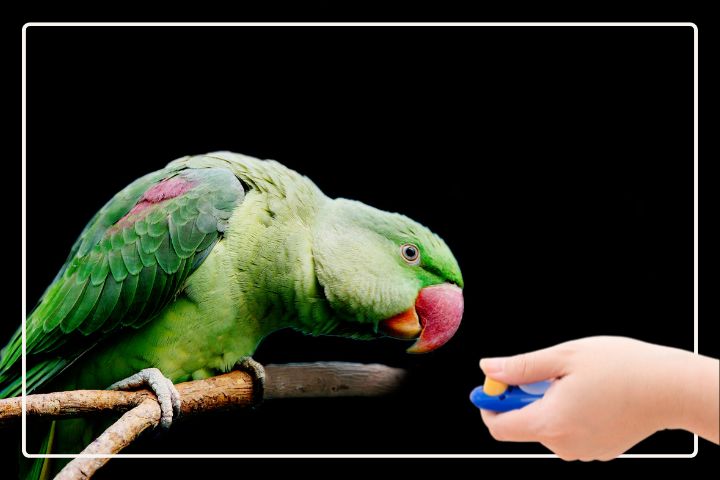
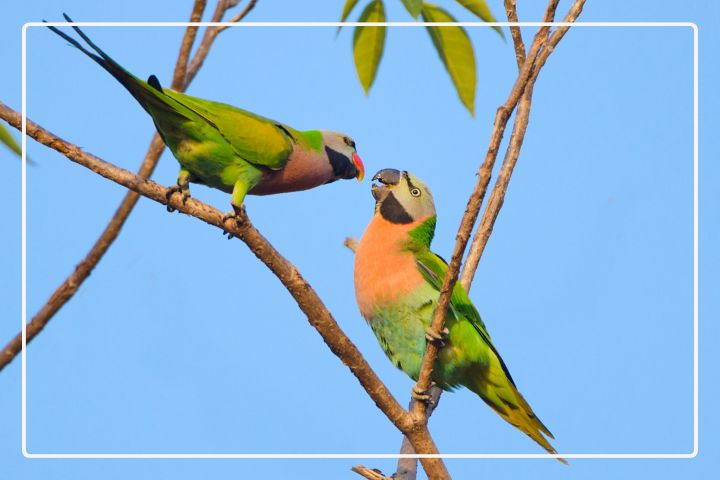
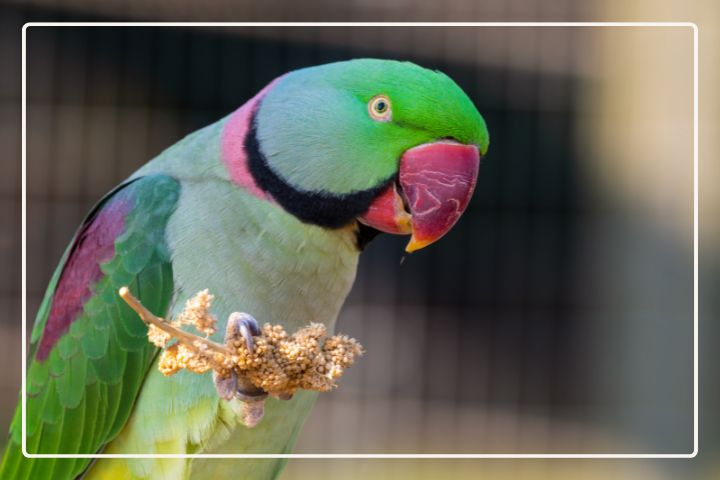
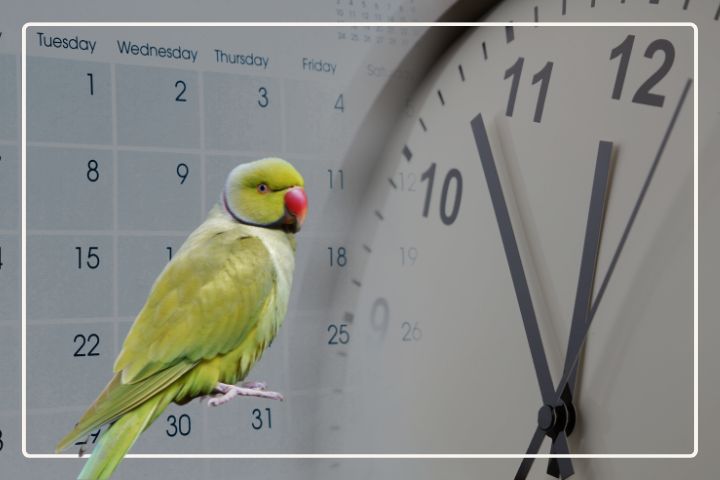

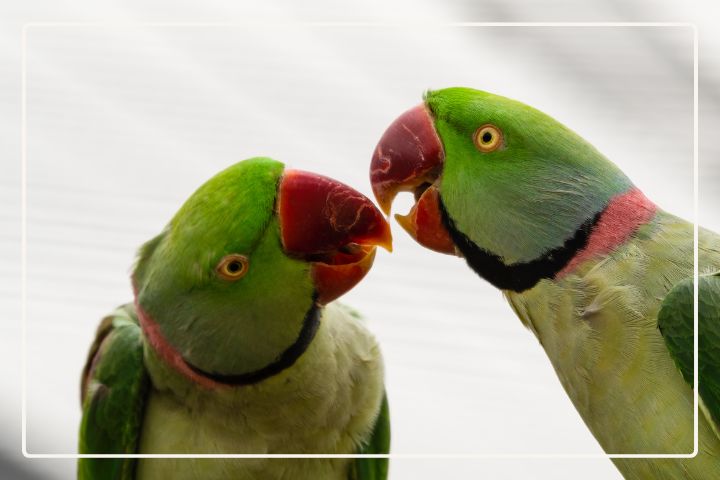
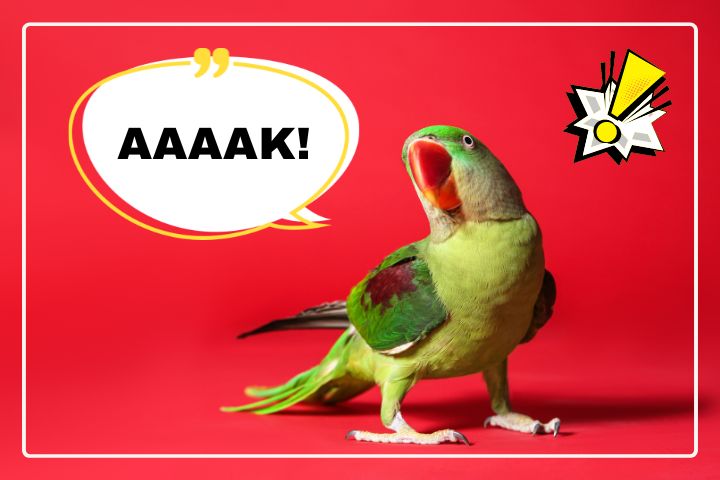
Perfect work you have done, this internet site is really cool with superb info .